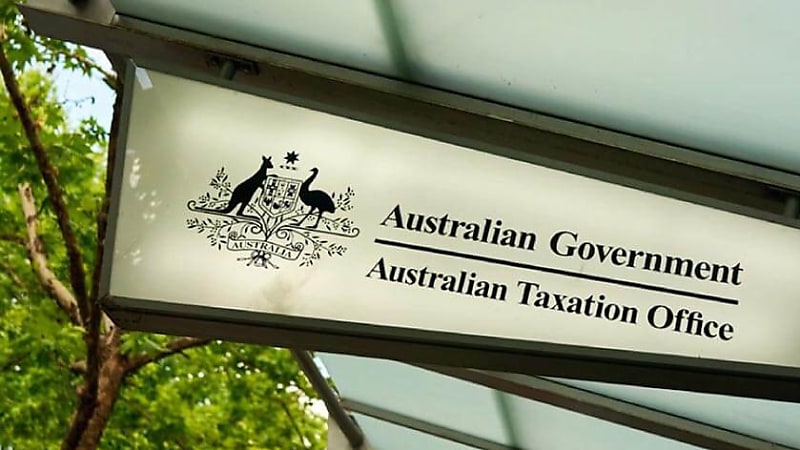Repair or renovation subject of PBR
The importance of correctly allocating monies spent on rental property expenses has been highlighted in a recent private binding ruling.
Earlier this month, ASF Audit head of technical, Shelley Banton, said SMSF trustees need to make sure they're disclosing all rental income and claiming the correct rental deductions to avoid ATO scrutiny.
Banton said rental property expenses are high on the Tax Office’s radar, with most rental property owners getting their returns to the regulator wrong. She added that “understanding the difference between rental property repairs, maintenance and capital expenditure is critical”.
The PBR (1052312626203) illustrated the difference between repairs and renovations and the expectations regarding how these are claimed for tax purposes.
The Commissioner in this ruling was asked to clarify whether works undertaken by the taxpayer in the kitchen of a rental property were repairs and therefore the expenses to remove kitchen cabinets, purchase replacements and install them were deductible under section 25-10 of the Income Tax Assessment Act 1997.
The facts of the case stated that the owner of the property had been renting it for a number of months in which there had been damage to the kitchen cabinets and the property owner decided to replace them in their entirety rather than repair them.
The Commissioner ruled this action was not classified as repair and thus the deduction could not be claimed.
Subsection 25-10(1) of the ITAA 1997 states that expenditure can be deducted for costs incurred for repairs to premises (or part of premises) or a depreciating asset that is held or used solely to produce assessable income. However, capital expenditure cannot be deducted under section 25-10.
Taxation ruling income tax: deductions for repairs (TR 97/23) explained the principles and the circumstances in which deductions for repairs would be allowable.
“The word 'repairs' in the context of section 25-10, has its ordinary meaning. It ordinarily means the remedying or making good of defects in, damage to, or deterioration of, property to be repaired and contemplates the continued existence of the property,” the ruling stated.
“Work done to prevent or anticipate defects, damage or deterioration (in a mechanical or physical sense) in property is not in itself a 'repair' unless it is done in conjunction with remedying or making good defects in, damage to, or deterioration of, the property.”
The Commissioner continued that “repair” involved restoration of the efficiency of function of the property being repaired without changing its character and may include restoration to its former appearance, form, state or condition.
“A repair merely replaces a part of something or corrects something that is already there and has become worn out or dilapidated. Works can fairly be described as 'repairs' if they are done to make good damage or deterioration that has occurred by ordinary wear and tear, by accidental or deliberate damage or by the operation of natural causes (whether expected or unexpected) during the passage of time,” the ruling stated.
Furthermore, paragraph 21 of TR 97/23 states that:
“What is a repair for the purposes of section 25-10 of the ITAA 1997 is a question of fact and degree in each case having regard to the appearance, form, state and condition of the particular property at the time the expenditure is incurred and to the nature and extent of the work done to the property.”
The ruling added that an improvement provides a greater efficiency of function and involves “bringing a thing or structure into a more valuable or desirable form, state or condition than a mere repair would do”.
“Works that are a substantial improvement, addition or alteration will not be a repair and will not be deductible under section 25-10 of the ITAA 1997 and will be capital, or capital in nature,” it stated.
“Renewal, replacement, or reconstruction of, the whole or substantially the whole of a thing or structure (entirety) is likely to be considered a capital improvement rather than a deductible repair.”
The Commissioner said that the kitchen cupboards were separately identifiable capital items with their own function.
“Their replacement is a renewal of an entirety and the expenditure is not deductible as a repair under section 25-10 of the ITAA 1997. The expenditure is capital in nature.”








